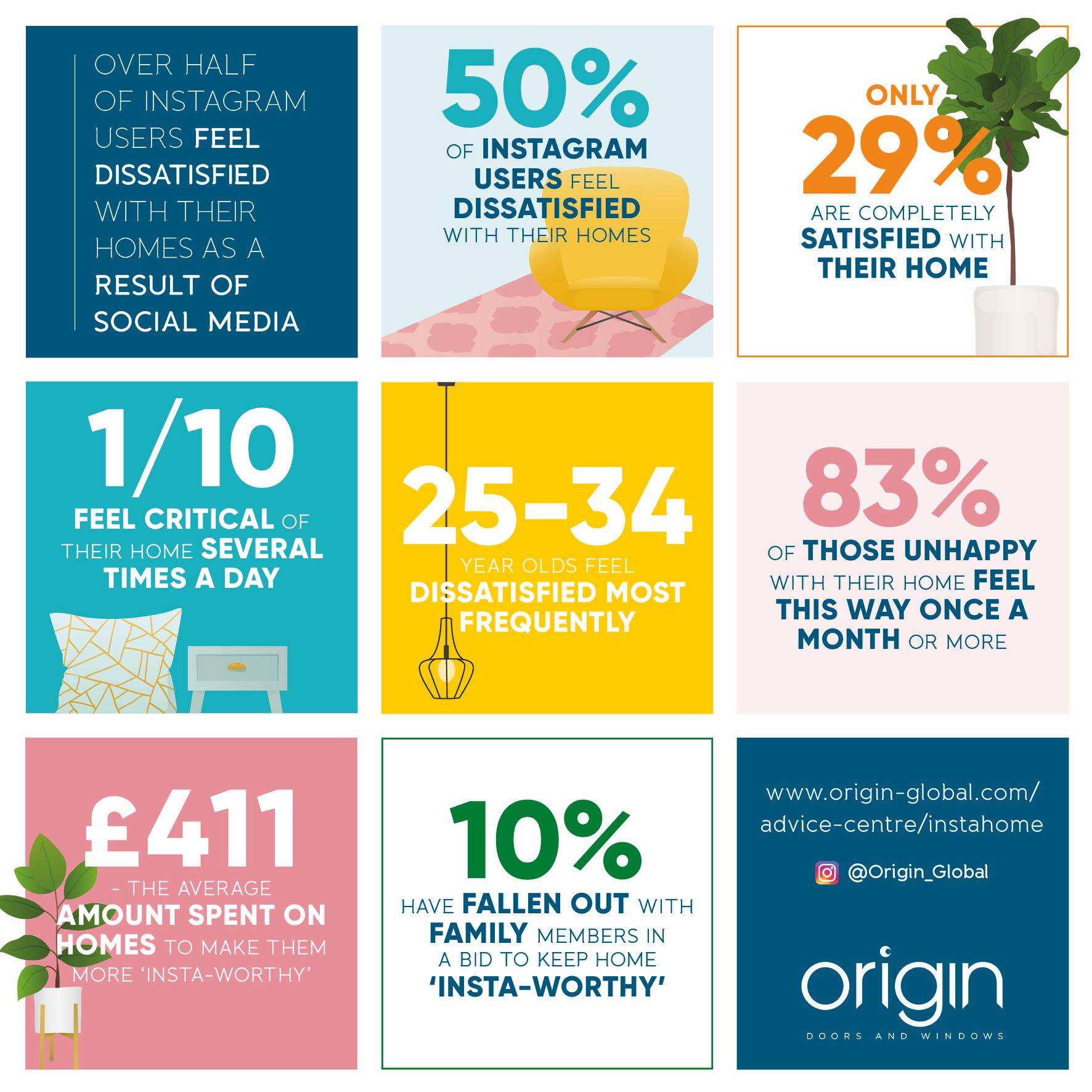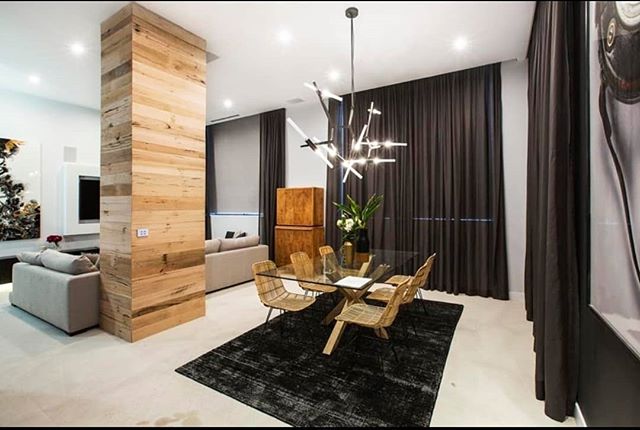There are more people using Instagram for interiors inspiration than ever before, but nearly 50 percent of Instagram users in London feel dissatisfied with their homes after looking at images of other people’s houses on social media, a study has found.
Researchers who polled 1,500 UK adults using social media for inspiration with their homes, found that just 30 percent of people in London are completely satisfied with the appearance of their current home.
A whopping 88 percent of those who are displeased with their home admit to feeling this way once a month or more after scrolling through other properties on Instagram, with 25-34 year olds feeling dissatisfied most frequently.

One in ten admitted to feeling critical of their own home several times a day after comparing with other properties on Instagram.
The findings describe people having an unrealistic idea of what their home should look like, spending time worrying about flaws which would be unnoticeable to others, whilst feeling pressure to maintain a certain appearance in their home and being self-conscious of it in front of visitors. This mindset has been described by Chartered Psychologist, Dr David Lewis, as ‘Home Dysmorphic Disorder’ (HDD).
Dr Lewis explains: “Our home is our shop window to the world. An outward and visible display of the way we want others to see and judge us. This is challenged when we are exposed, especially through social media such as Instagram, to the choices of others. The more comparisons we are able to make with the ways others present themselves to the world, the greater the dissatisfaction we may feel with our own surroundings. The more individuals worry about what friends, neighbours, and colleagues think of them, and this is more likely to be a concern for younger than older people, the greater their dissatisfaction. It is an increasingly common mindset that can be described as ‘Home Dysmorphic Disorder’ (HDD).”
The problem is changing one small item in a room can lead to an overwhelming desire to make major changes to their environment. This is sometimes known as the ‘Diderot Effect’ after the French writer. The ‘Diderot Effect’ typically starts with discontent about one, often minor, feature – such as an ornament, picture or item of furniture. It then quickly spreads, like an oil slick, to trigger unhappiness with the whole room or even the entire house.”
The phenomenon effects both genders but women are most at risk of developing HDD, with the fairer sex found to be 22 percent more likely to be affected by this, compared to men.
Young homeowners are most likely to be dissatisfied with their homes after looking at images of other people’s houses on Instagram, with 18-24-year olds being found to be most unhappy with their homes.
Commissioned by Origin, the survey found that many people have taken steps to make their home look more ‘Insta-worthy’. These include changing the interior, purchasing home accessories specifically because they will look good on Instagram and feeling pressure to be tidier than they used to be to maintain an Instagram look.
36% of those surveyed felt that their home is messier than other people’s or have been self-conscious about people visiting their home as it doesn’t look like something from Instagram.
Nearly 15 percent of people even admitted to falling out with family members in a bid to keep their home looking ‘Insta-worthy’.
Many have even spent money in a bid to recreate an ‘Insta-Home’, with London residents spending an average of £528 on their homes as a result of being inspired by the social media platform. It was also found that men are likely to splash more cash than women.
Homeowners aged 45-54 spend the most in their quest for an ‘Insta-worthy home’, splashing out an average of £530 after being inspired by Instagram.



